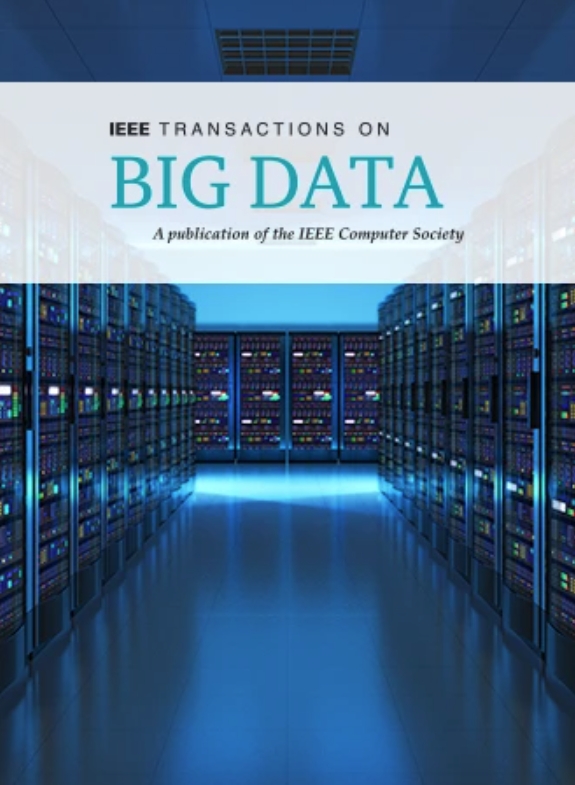基于多模态特征融合的社交媒体仇恨言论检测
IF 7.5
3区 计算机科学
Q1 COMPUTER SCIENCE, INFORMATION SYSTEMS
引用次数: 0
摘要
数以百万计的人使用Facebook、YouTube和Twitter等社交媒体平台来了解最新的新闻、享受娱乐,并与同龄人分享个人时刻。这些平台现在已经成为传播谣言、发布仇恨言论、网络欺凌等的媒介渠道。如今,社交媒体平台上经常出现仇恨言论。有时,它会损害读者的心理和情感健康以及社会秩序。因此,需要及时发现,防止社交媒体平台上仇恨言论帖子的传播。研究人员报告了一些关于文本仇恨言论检测的研究工作。然而,社交媒体上的帖子并不局限于文字;文章中也使用图像和带有图像的文本,称为多模态数据。基于文本的模型可能不足以有效地处理多模态数据。因此,本研究引入了一个可靠的架构,该架构利用深度学习和迁移学习框架将多模态社交媒体帖子分类为仇恨和非仇恨。该模型兼容文本、图像和基于文本的社交帖子的图像,对仇恨和非仇恨进行分类。所提出的基于特征融合的框架MMFFHS模型的准确率达到70.26%,优于现有模型。本文章由计算机程序翻译,如有差异,请以英文原文为准。
MMFFHS: Multi-Modal Feature Fusion for Hate Speech Detection on Social Media
Millions of people use social media platforms such as Facebook, YouTube, and Twitter to stay updated on news, enjoy entertainment, and share personal moments with peers. These platforms have now become medium channels for spreading rumors, posting hate speech, cyberbullying, etc. Hate speech frequently appears on social media platforms nowadays. Sometimes, it impairs readers’ mental and emotional health and societal order. Therefore, timely detection is required to prevent the spread of hate speech posts on social media platforms. The researchers have reported some research works on textual hate speech detection. However, social media posts are not limited to text; images and text with images are also used in the posts, termed multimodal data. The text-based model may not be efficient enough to handle the multimodal data. Therefore, this study introduces a reliable architecture that utilizes deep and transfer learning frameworks to classify multimodal social media posts into hate and non-hate. The proposed model is compatible with text, images, and images with text-based social posts to categorize hate and non-hate. The proposed framework MMFFHS, a feature-fusion-based model, performed better than the existing models by achieving 70.26% accuracy.
求助全文
通过发布文献求助,成功后即可免费获取论文全文。
去求助
来源期刊

IEEE Transactions on Big Data
Multiple-
CiteScore
11.80
自引率
2.80%
发文量
114
期刊介绍:
The IEEE Transactions on Big Data publishes peer-reviewed articles focusing on big data. These articles present innovative research ideas and application results across disciplines, including novel theories, algorithms, and applications. Research areas cover a wide range, such as big data analytics, visualization, curation, management, semantics, infrastructure, standards, performance analysis, intelligence extraction, scientific discovery, security, privacy, and legal issues specific to big data. The journal also prioritizes applications of big data in fields generating massive datasets.
 求助内容:
求助内容: 应助结果提醒方式:
应助结果提醒方式:


